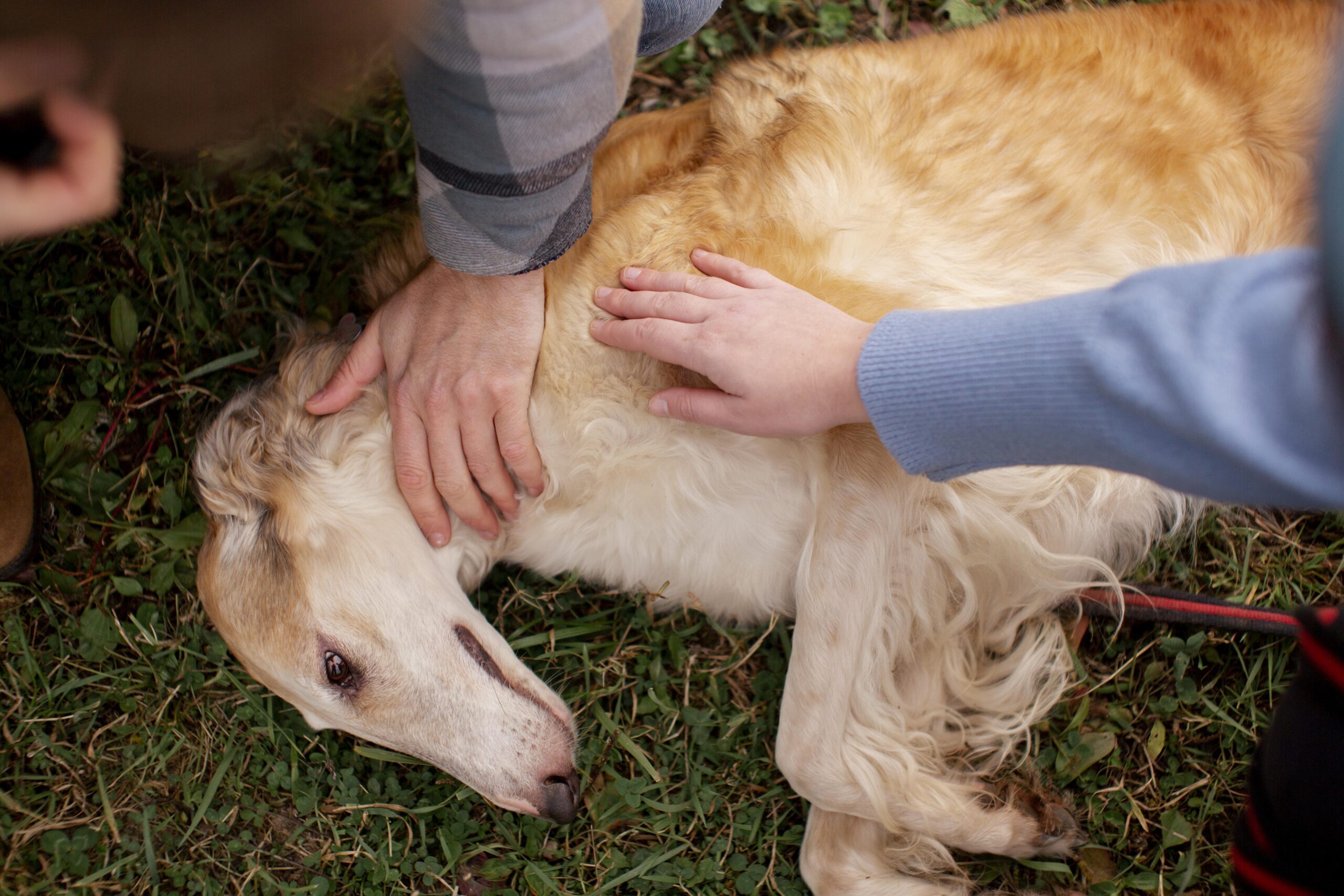Most owners never think about dogs getting sunburned, but like humans, dogs can also get sunburned as well. When sunbathing on their backs, many pets absorb UVB radiation, which is detrimental to the skin due to its ability to induce inflammation of skin cells, injury to immune cells, and alterations in DNA.
Risk factors
Dogs usually require a decent fur coat to avoid sun damage. Fur protects the dog from sunburn because its main function is environmental conservation. However, some dogs have a scant belly and short hair on the belly. This puts the pit bull terrier, greyhound, pointer, Dalmatian, etc. at risk of developing stomach sunburn. Light-coated short-haired dogs may not be protected from the sun by their fur. The veterinarian should examine any ‘blood blisters’ on the skin, especially the abdomen. Everyone should enjoy the sun, including the dog.
Sunbrun How it looks?
White fur turns into loss of hair patches, causing red, inflamed skin. In contrast, if adjacent black fur patches exist, the coat is normal with no patchy hair loss and no skin inflammation.
The following signs are reported:
- Redness
- Blisters
- Itching
- Flaking
- Pain
- Crusting
Tumors
Skin squamous cell carcinoma, or hemangiosarcoma, can result from sun exposure, and early surgery is frequently curative.
Removal of growths and prevention of precancerous skin are necessary. The remedies mentioned should be used; however, there are more actions that may assist.
Non-steroidal painkillers are used for pain relief and for preventing sun-induced cancer.
Imiquimod Anti-tumor topical ointments may cover a lot of sun-exposed belly.
Diagnostic step for a recurrent subburn issue:
A biopsy is recommended if sun-induced dermatitis does not respond to therapy or if growths or “blood blisters” appear. The biopsy will find sun-induced skin cancer for which tumor removal is advised.
Treatment
- Until skin cancer appears, therapy focuses on inflammation and sun avoidance.
- Antibiotics: Most actinic dermatitis patients have high-level secondary Staphylococcus infections that require two weeks of treatment.
- Spot-on steroids: Several weeks of topical steroids can reduce skin inflammation and pain.
- Pentoxifylline: This drug improves skin circulation, aiding perfusion and healing.
References
- Kimura, T., & Doi, K. (1994). Protective effects of sunscreens on sunburn and suntan reactions in cross‐bred Mexican hairless dogs. Veterinary dermatology, 5(4), 175-188.
- Scarff, D. (2007). Solar dermatoses in companion animals Part 1: Canine solar dermatoses. UK Vet Companion Animal, 12(3), 47-53.
- Scarff, D. (2017). Solar (actinic) dermatoses in the dog and cat. Companion Animal, 22(4), 188-196.






1 thought on “70 % of dog owners are unaware that their dogs can get sunburned?””
Comments are closed.